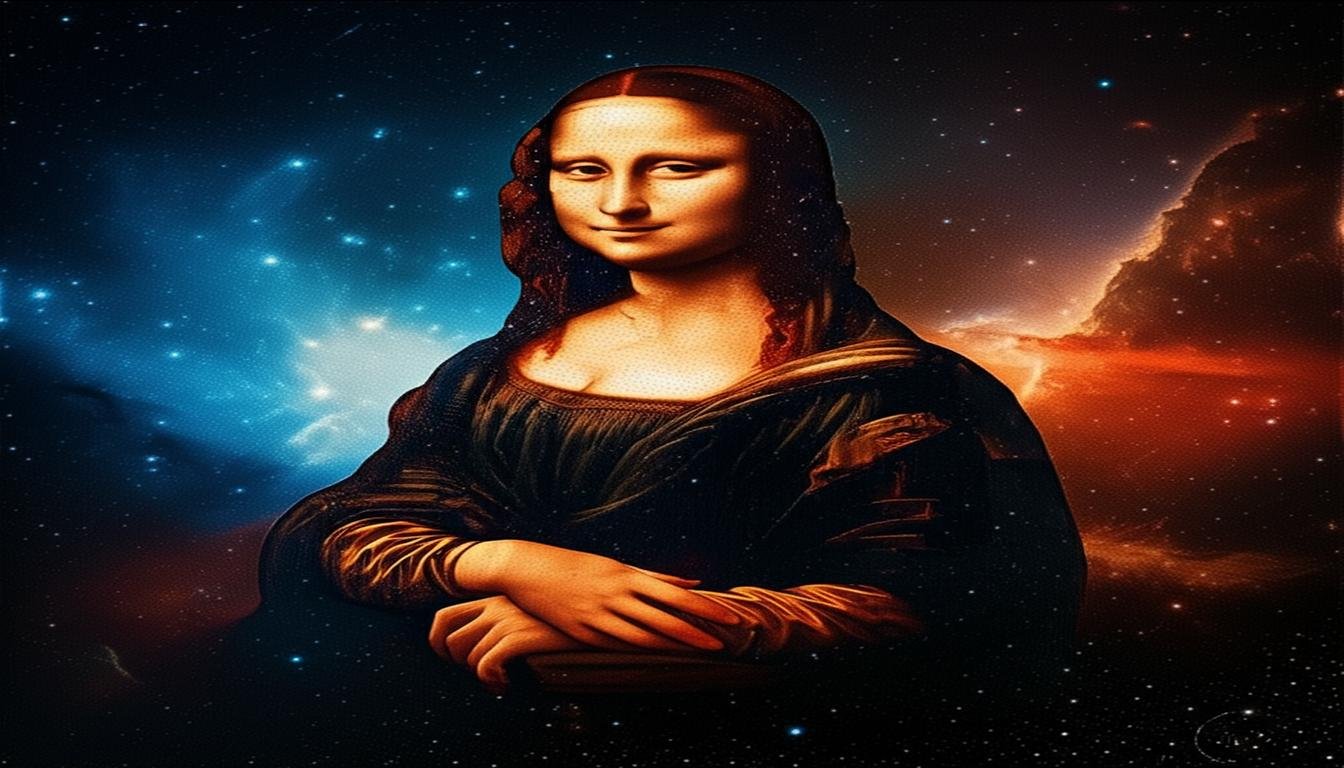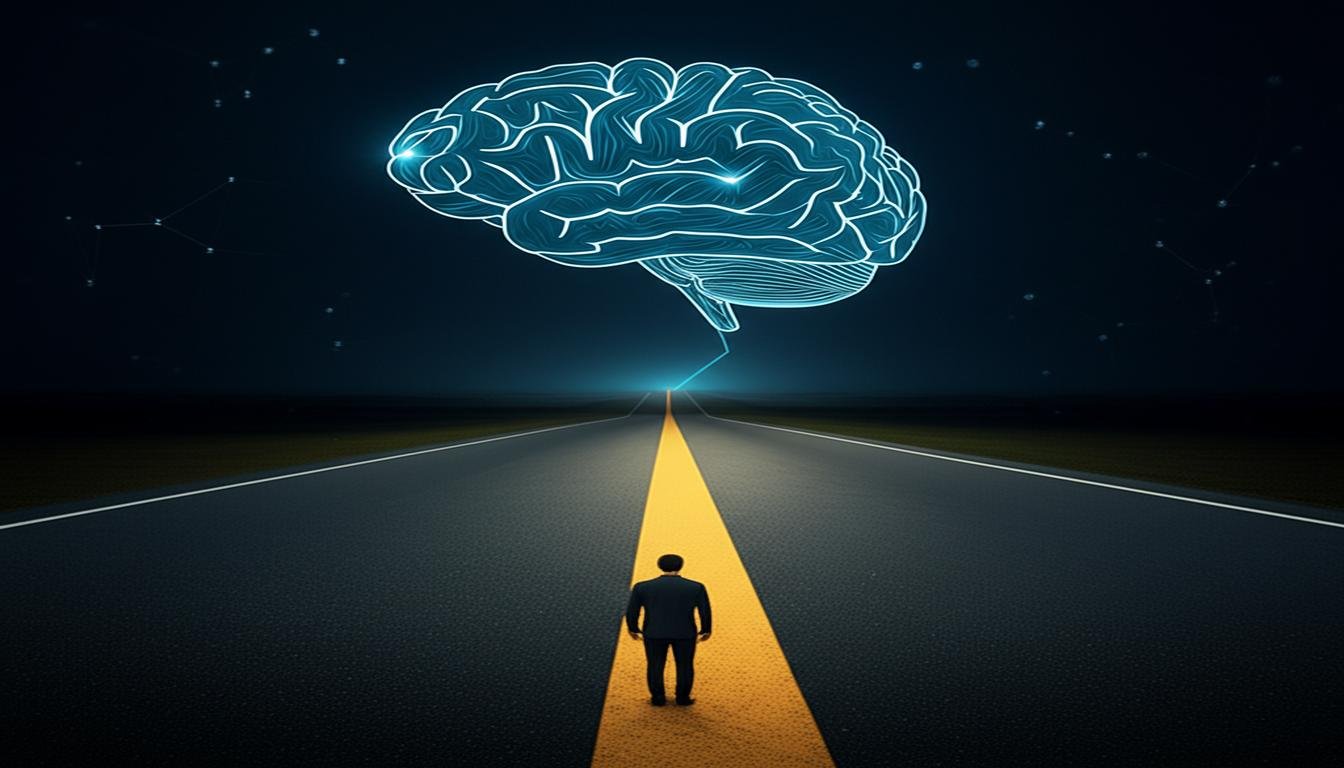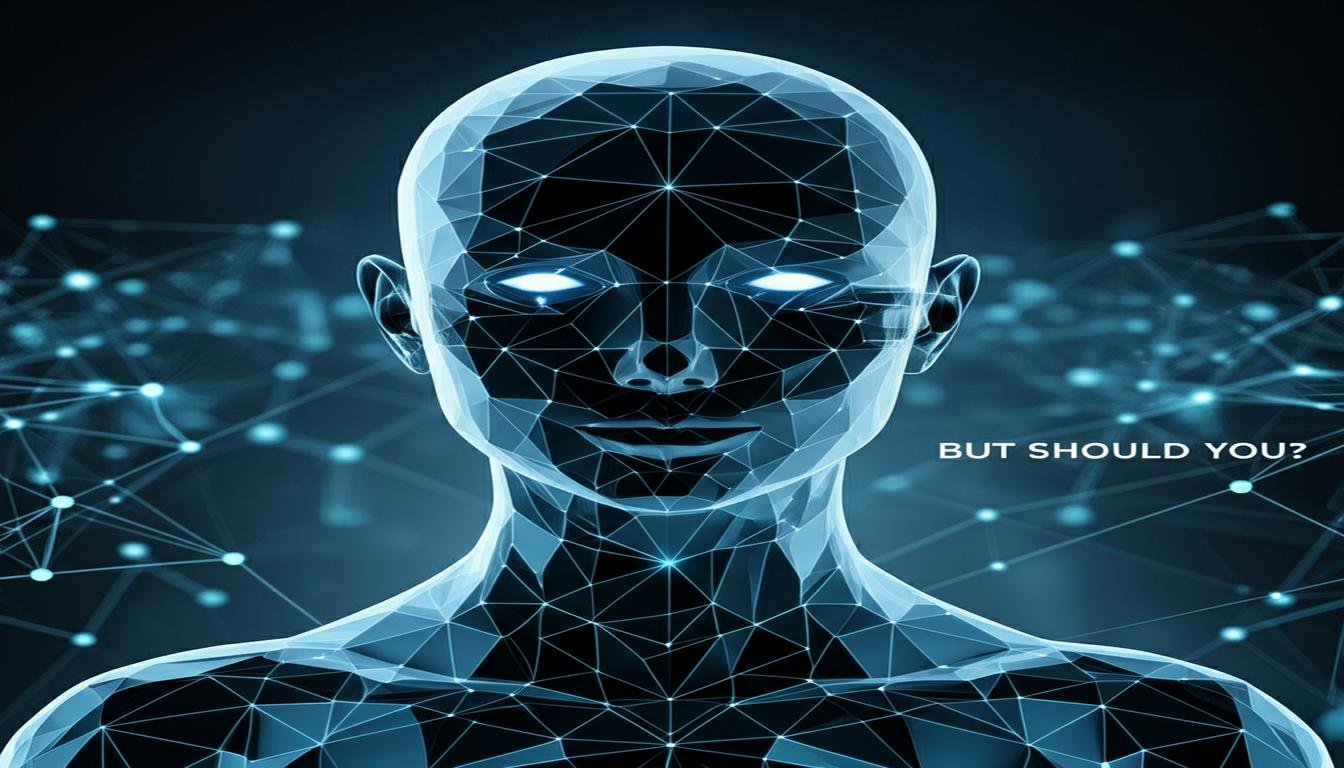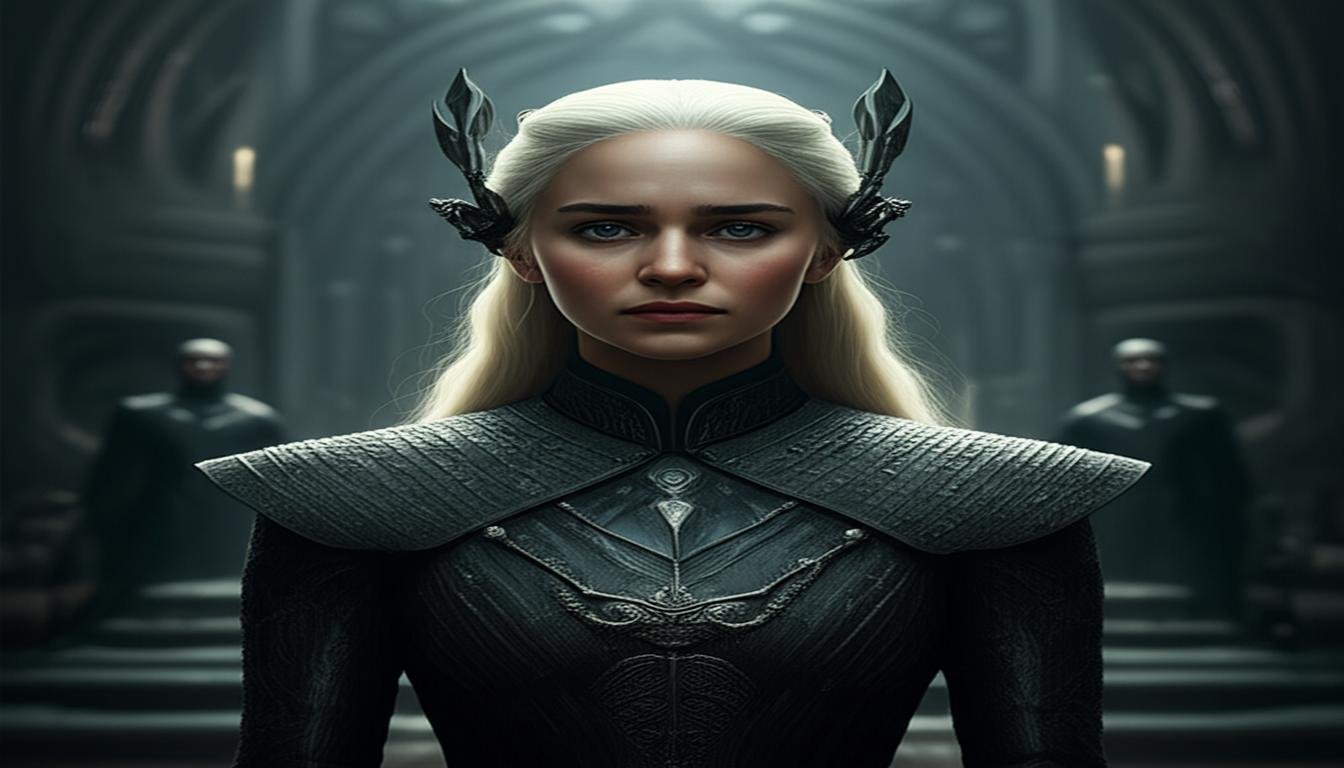AI Just Recreated the Mona Lisa… in Space Pixels Hold onto your space helmets, folks! Just when you thought artificial intelligence couldn’t get any wilder, it’s gone and done something truly out of this world. We’re talking about the Mona Lisa, that iconic, enigmatic smile, reimagined not with paint on canvas, but with… space pixels. Yes, you read that right. AI has taken Leonardo da Vinci’s masterpiece and projected it onto a cosmic canvas, turning nebulae and stardust into brushstrokes. This isn’t some Photoshopped gimmick. It’s a fascinating leap in computational creativity, showing how deep learning algorithms are pushing the boundaries of what we consider art. Imagine the most famous painting in history, not hanging in the Louvre, but floating among the stars, crafted from the very fabric of the cosmos. It’s a mind-bending concept that brings together ancient artistry with cutting-edge tech and the vastness of space. How Does AI Turn Stardust into Da Vinci? So, how exactly does a computer teach itself to paint with cosmic dust? It’s all thanks to advanced artificial intelligence models, particularly those involved in what’s called “style transfer” and generative art. Think of it like this: The AI is fed thousands of astronomical images – vibrant nebulae, distant galaxies, star clusters. It learns the “texture” and “color palette” of space. Then, it’s given the Mona Lisa. It analyzes the composition, the light and shadow, the subtle curves, and of course, that famous smile. Using deep learning algorithms, the AI essentially “re-paints” the Mona Lisa, but instead of using traditional pigments, it uses the visual elements learned from the cosmic imagery. It blends the artistic style of the Mona Lisa with the inherent beauty of space. The result isn’t just a picture of the Mona Lisa imposed on a galaxy. It’s an organic fusion, where the digital Mona Lisa appears to be woven from starlight and cosmic gas clouds. Every pixel tells a story of both human ingenuity and universal grandeur. Why is This a Big Deal for Art and Tech? You might be thinking, “Okay, cool, but what’s the real impact?” Well, this unique project stretches our imagination in several ways: New Artistic Mediums: It shows that the canvas for art is no longer limited to physical materials. Data, algorithms, and even astronomical observations can become the tools of creation. Bridging Disciplines: This project beautifully connects art, science, and technology. It highlights how AI can be a collaborative partner, not just a tool, for human expression. Rethinking Creativity: If an AI can interpret and recreate a masterpiece in such an innovative way, it makes us wonder about the very nature of creativity. Is it uniquely human, or can machines also learn to generate truly original works? Imagine using this technology for educational purposes, helping people visualize art in new ways, or even generating unique digital art installations that react to real-time space data. The possibilities are, dare we say, boundless. The Cosmic Canvas: Beyond Traditional Boundaries This “AI Mona Lisa in space pixels” project isn’t just a quirky one-off. It’s a powerful demonstration of how AI can help us explore artistic concepts far beyond traditional boundaries. For centuries, artists have been inspired by the night sky, but now, the sky itself (or at least its data) can be part of the artistic process. This opens doors for: Creating dynamic, evolving artworks based on live satellite feeds. Designing digital experiences where famous artworks interact with cosmic phenomena. Inspiring a whole new generation of digital artists and computational designers. It’s a testament to human curiosity and technological progress, showing that even the most cherished Earth-bound treasures can find new life and meaning in the vast, beautiful expanse of space. What’s Next for AI-Powered Space Art? This cosmic Mona Lisa is just the beginning. As AI models become more sophisticated and our access to deep space imagery grows, we can expect even more incredible digital creations. Perhaps we’ll see Van Gogh’s “Starry Night” painted directly from the data of a real supernova, or a futuristic cityscape designed entirely from exoplanet landscapes. The convergence of AI, art, and space exploration is a thrilling frontier. It challenges us to redefine what art can be, where it can exist, and who (or what) can create it. So, next time you look up at the stars, remember that somewhere out there, a pixelated Mona Lisa might just be smiling back, thanks to the magic of AI.
AI Just Recreated the Mona Lisa… in Space Pixels









